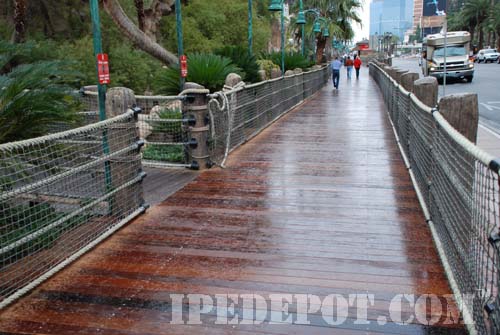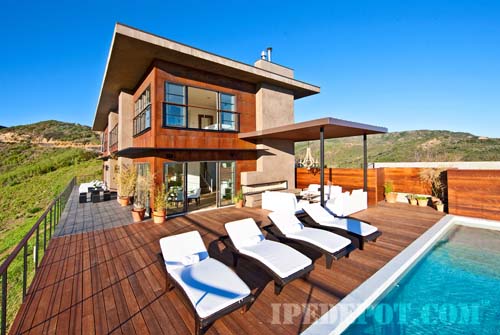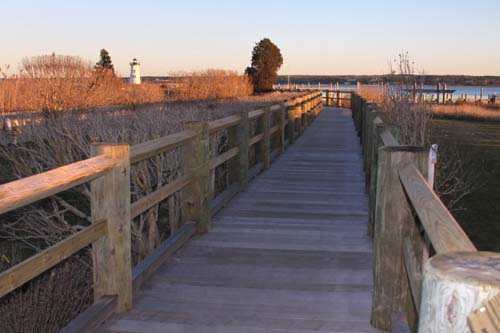Ipe is famous primarily because it is one of the hardest and strongest woods in the world. In fact, Ipe decking exceeds all existing code requirements for exterior constructions. Here are the official stats:
Hardness: ASTM-D143 tested, approximately 7x harder than Cedar, Janka Side Hardness 3,680 lb
Strength: ASTM-D143 tested, approximately 3x stronger than Cedar, bending strength 22,560 psi
Before we go any further, you may be wondering what the difference is between these two terms. Hardness is a material’s resistance to indentation, scratching, and abrasion. Strength is a measure of how much stress a material can withstand without rupturing.
These two traits are closely related, since the same atomic-level characteristics play a role in both. Although this is not a hard and fast rule and there are exceptions, generally, making a material stronger will also make it harder.
The next obvious question is this: how do these characteristics help you?
Strength can be defined more practically as the thing that prevents deck boards from breaking—one of the main reasons it is so often used in major public attractions across the country, where safety is a huge concern.
A hard decking material like Ipe will keep your deck from accumulating dents and scratches, allowing it to look beautiful for the entirety of its life. It also makes Ipe impossible for termites and other insects to eat—just imagine if you tried to take a bite out of a rock. This extends Ipe’s lifespan long past other softer woods.




